 > Missionary Introduction
> Missionary Introduction
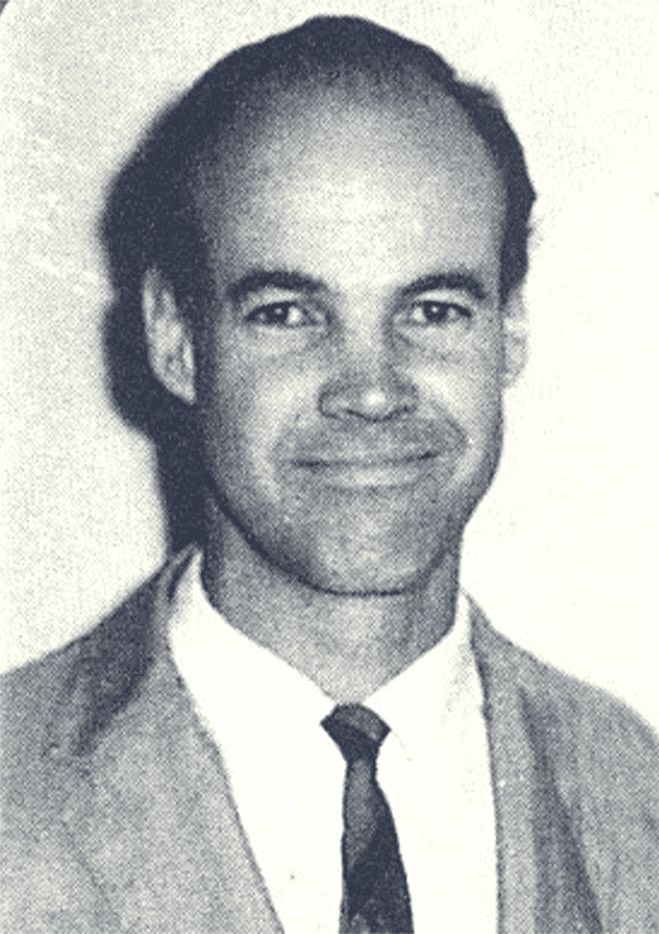
John Rawson Sibley, who was called Son Yo-Han, was born on October 7, 1926 in Maplewood, New Jersey, the U.S. His grandparents participated as missionaries in China. Sibley's father was born in China and spent his school days as a son of a Chinese missionary dispatched to the Northern Presbyterian U.S.A, but was forced to leave the country with his family after the communist revolution in China.
Sibley's father attended Columbia Seminary, married Margaret Rawson, had two sons and one daughter, and devoted his life as a pastor of the Northern Presbyterian U.S.A.
Influenced by her grandparents and parents, Sibley planned to become a medical missionary at the age of 17, and began preparing to become a medical missionary with joy and gratitude in concert with Jean Butler, whom he met when he was a college student.
Sibley married Jean Butler in 1948 and graduated from Chicago's Northwestern University Medical School on July 2, then interned at Wesley Memorial Hospital and completed pathology training, general surgical training and residency at Dartmouth-Hitchcock Medical Center.
Sibley visited Korea with his wife and four children in February 1960 as medical missionaries dispatched to the Northern Presbyterian U.S.A in Greenwich, Connecticut, and the Fourth Presbyterian Church in Albany, New York.
In 1961, missionary Howard Moffett, director of Dongsan Christian Hospital, was absent for the Sabbath year, and Sibley served as director Surrey and was in charge of the hospital as a surgeon.
At that time, the Korean government announced that it would stop providing subsidies for leprosy patients, and Aerakwon was on the verge of closing. In response, Sibley negotiated with the Korean government to continue to provide regular government subsidies for leprosy patients, and to this end, Hansen Hospital was built to build a three-story modern concrete building, the only orthopedic surgery center in Korea, and changed its name to Daegu Aerak Health Hospital in 1968. He performed reconstructive surgery on leprosy patients at the Aerakwon.
In addition, Sibley, in collaboration with missionary John Hamilton Dawson, transferred advanced American surgical knowledge and skills to hospital surgeons. In 1960, Korea's economic growth was still early, and churches and church members were not even at the economic level to help Christian hospitals. So, using missionary donations from various American churches, he hired medical social workers to take care of poor patients as much as possible, which became the beginning of the social work office of Dongsan Christian Hospital.
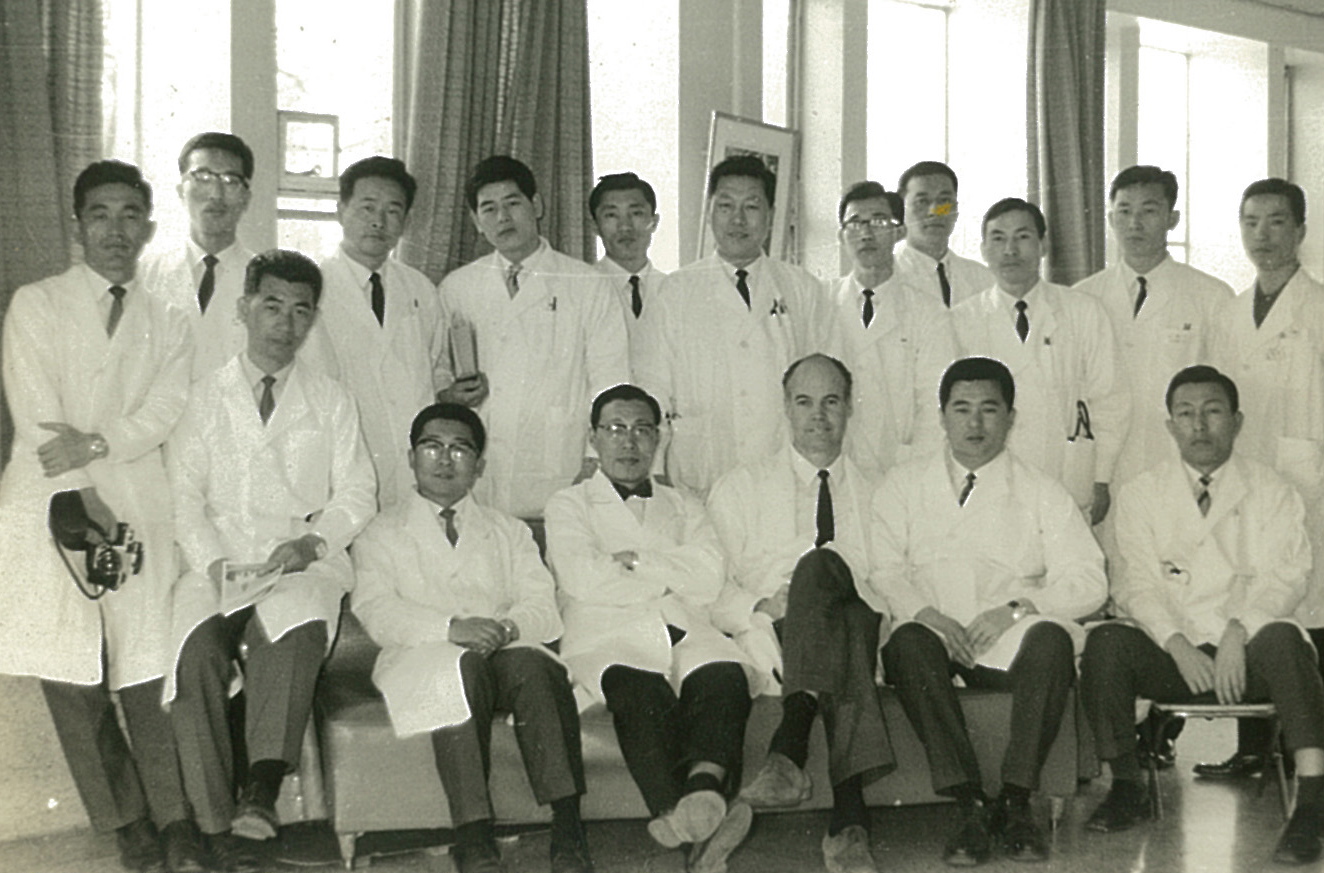
Surgical medical staffs with John Sibley when he was in office
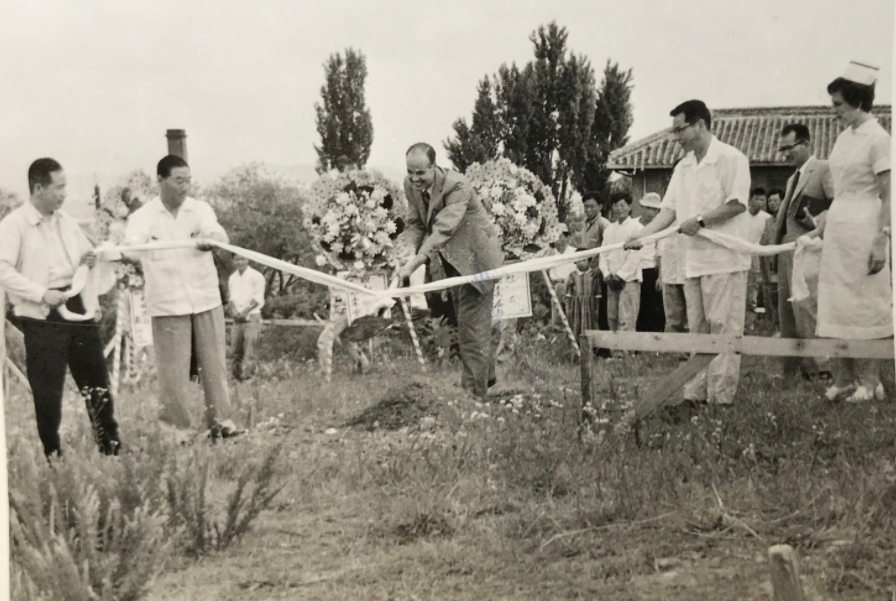
John Sibley at the groundbreaking ceremony of Aerak Health Hospital, 1961

John Sibley and faculty sharing items from the U.S.
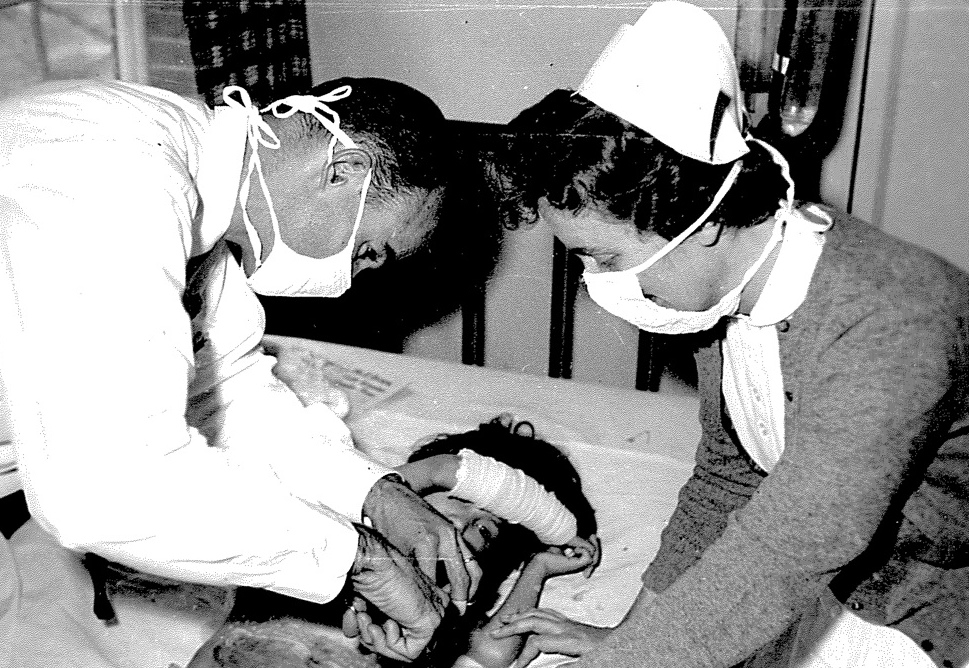
The scene of John Sibley's treatment
Sibley, who returned to Korea after a sabbatical in 1966, decided to concretely realize his dream of creating a Christian hospital where all the poor can be treated.
The Kojedo Community Health and Development Pilot Project, which aimed to develop a comprehensive community health system for 30,000 people in three of Korea's villages, was justified by Newt Thurber in charge of Asia at the Presbyterian Mission Headquarters and Jim MacGilvary, president of the Christian Medical Commission of the World Council of Churches, WCC.
At that time, Kojedo Island had a population of 110,000 and only one doctor graduated from medical school, and it was necessary to take a boat for more than two and a half hours to get to a hospital on land. So local church leaders and community leaders were eager for Sibley to come and take care of the health problems of the local people.
Sibley created the Kojedo Community Development Health Center in Kojegun, Gyeongsangnam-do with donations from the Medical Missionary Committee under the World Council of Churches, and officially opened the Koje Health Center on December 4, 1970. Since this project was an international project in community medicine emphasizing primary health care, the pilot project was later reported to the Presbyterian Church of America and the Christian Medical Division of the World Council of Churches and used as basic data for planning primary health projects in related countries. Koje Health Center, which opened in 1970, called it a "real hospital" to residents.
In June 1977, Director Sibley donated the Foundation Kojedo Community Development Health Center and the Actual Hospital to the Koje Health Center under the Koje Regional Health Association and returned to the U.S.
It was later developed from Koje Christian Hospital to Geoboong Balk Medical Center, a medical corporation.
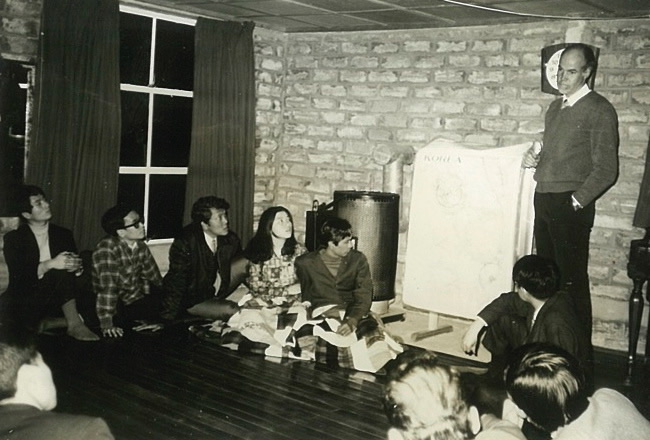
John Sibley, who lectures to those who participated in Kojedo ministry
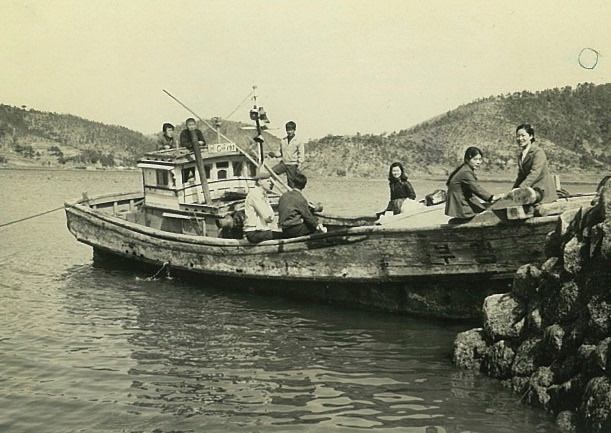
John Sibley going to the island around Kojedo for medical treatment
After completing a two-year master's degree at Harvard University's Graduate School of Health in 1977, Sibley worked at a refugee camp in Thailand in 1980, and from 1981 to 1982, he was a professor of community medicine and an advisor to the Ministry of Health and Social Affairs at Yonsei University's preventive medicine class. He also served as a missionary in mountainous Nepal from 1983 to 1986, and in 1986, he worked as a visiting professor of community health at Dartmouth Medical School and as a cardiologist at Dartmouth-Hitchcock Medical Center, before retiring in 1993.
Sibley was called by God on June 24, 2012, at the age of 87, and on June 5, 2013, six family members of his wife, son and daughter visited Korea with the remains and erected a burial and tombstone at the Grace of mercy Garden of Keimyung University Dongsan Medical Center. His tombstone is inscribed, "To act justly and to love mercy and to walk humbly[a] with your God." (Me 6:8).
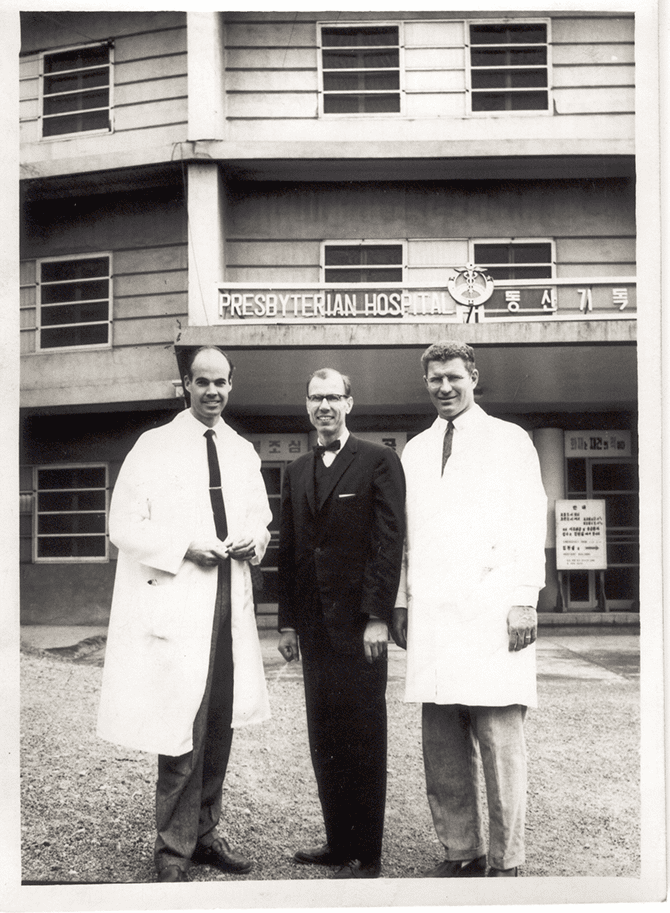
John Sibley, Howard Moffett, William McCall at Dongsan Christian Hospital

John Sibley's tombstone enshrined in the garden of mercy